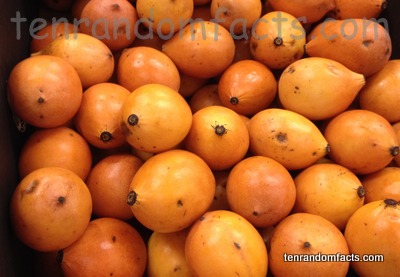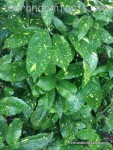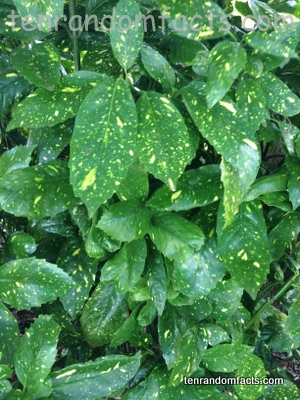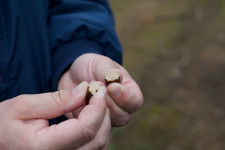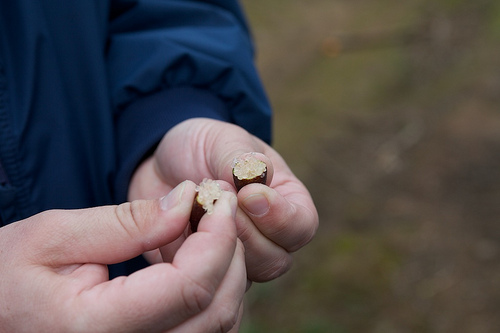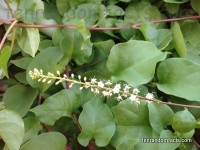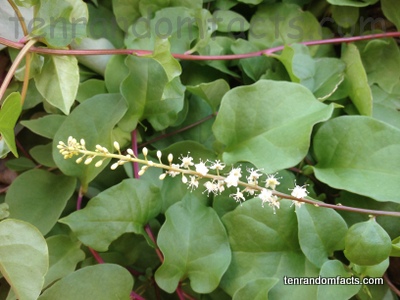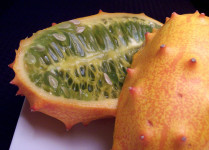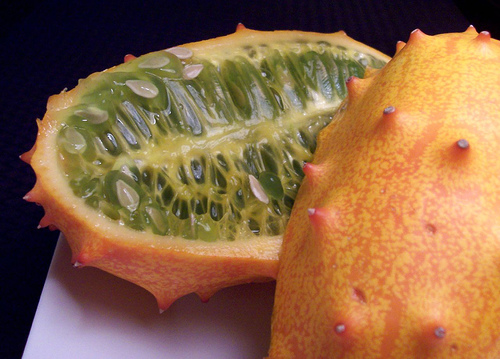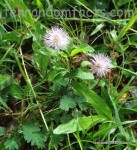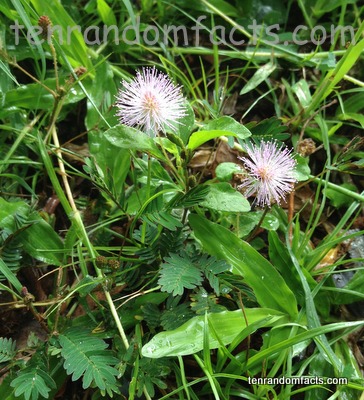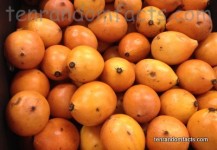
Not many fruit pop like an achacha does.
- Achacha is a variety of tropical fruit that originates from the Bolivian Amazon region of South America.
- Achacha fruit grow on a trees with the scientific name Garcinia humilis, from the family Clusiaceae, a family of mostly tropical shrubs and trees.
- ‘Achacha’ is known as ‘achachairú’ in its native area and has the literal translation of ‘honey kiss’.
- The colour of the skin of achachas is generally a bright orange colour when ripe, often with a red tinge, while the flesh itself is white, and typically contains one large seed.
- Achachas are shaped like an ovoid, and can reach 6 centimetres (2.4 inches) in length and have a diameter of 4 cm (1.6 inches).
- Achachas can be eaten fresh or in a salad, made into a dessert, or pureed and served as a cold beverage.
- The rind of achachas is bitter, though it is often used to flavour drinks, while the flesh is a sweet and tangy flavour.
- An achacha can be opened by making a slit in the skin and squeezing the fruit between your fingers, which causes the skin to pop off the flesh.
- To store achachas, they should be kept at room temperature, and will usually keep longer if kept in a humid environment like a sealed container, so that the skin doesn’t dry out.
- Achachas are high in antioxidants, vitamin C, folate and potassium, and they have low levels of sugar compared to many other fruits.



